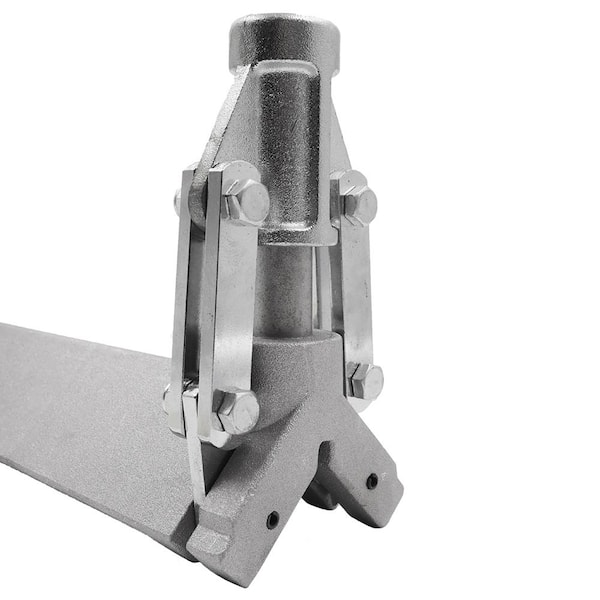
#BEADTOOL 4 FREE NOT SAVING HOW TO#
The mushroom and geometric shape bracelets in the thumbnail for this tutorial were made using the straight edges technique, and the honeycomb bracelet was made without it.There is also an instructional video that shows you how to do it here. It does help your edges look a little straighter, though. Knotting on new colors is done the same way, switching colors is done the same way, etc.Ī note about the straight edges technique: Because of how the rows are organized in Brickstitch Alphas, your edges will not be perfectly straight, even if you use the straight edges technique. Other than these differences, Brickstitch Alphas are knotted just like regular Alphas.
#BEADTOOL 4 FREE NOT SAVING GENERATOR#
All patterns created with the generator I mentioned will start with forward rows. For example, in this pattern the first row is a forward row, the second is a backward row, etc.

If a row is shifted to the left, it is a backward row. If a row is shifted to the right, it is a forward row. When reading a Brickstitch Alpha pattern, it is important to note which rows are forward rows (consisting primarily of forward knots) and which rows are backward rows (consisting primarily of backward knots). The bead list shows what colors you’ve used, and the count shows how many knots of each color you have. The inch measurements next to the columns and rows can be disregarded. I make my bracelets long enough to fit my five inch wrist, and I have medium knot tension. You may have to use more or less than me depending on your wrist size and knot tension.

For context, I use about 70 rows for my regular Alphas and about 63 rows for my Brickstitch Alphas. Brickstitch Alphas tend to knot up to be more stretched out than regular Alphas, so I recommend making this number less than the amount of rows you use for a regular Alpha. The rows tab corresponds to how many rows are in your bracelet. The more columns you have, the wider your bracelet. You can change this to whatever number you would like. The columns tab corresponds to how many knots are in each row of your bracelet. While this pattern generator is pretty intuitive to use, a few features must be explained in the context of Brickstitch Alpha bracelets (as this generator was originally intended to be used for beaded bracelets).įor the stitch tab in the generator, choose the “Brick” option. You are free to use these patterns and sell whatever you make with them. They can be found on my Fav Patterns saved story. I also post patterns I create on my Instagram, claires_wears_spam. You’re free to sell anything you make with their patterns, unless otherwise noted.

One website I use to find patterns I know I can use to make things I can sell is. If you’re unsure, ask, and if you can’t find an answer, don’t sell them. Pattern creators usually state somewhere on their platform whether or not they’re okay with people selling whatever they make with their patterns. One thing you need to be very careful about is selling what you make with the patterns you find. You can also buy patterns from places like Etsy. I recommend using terms like beadweaving, brickstitch, and peyote and peyote stitch to find patterns. The best way to find patterns is to find dedicated beading websites, or use beading terms to search for patterns on larger platforms (like Pinterest or Instagram). There are many websites where you can find patterns to use with this technique.


 0 kommentar(er)
0 kommentar(er)
